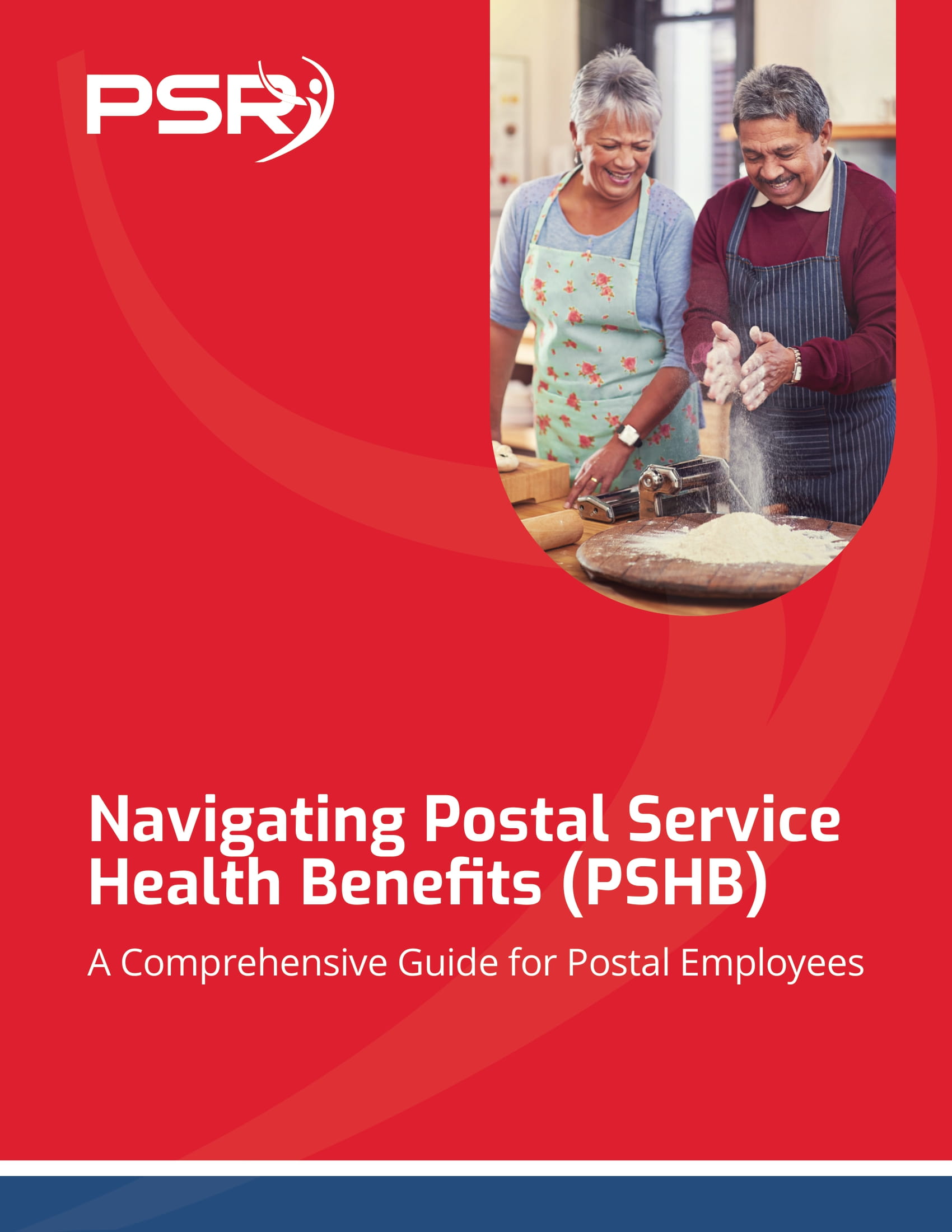FERS and Social Security: How They Work Together for Federal Employees
Federal employees under the Federal Employees Retirement System (FERS) enjoy a three-part retirement plan that includes a FERS pension, the Thrift Savings Plan (TSP), and Social Security benefits. Understanding how FERS and Social Security integrate is critical for maximizing your retirement income and planning for a secure financial future.
This guide explores the connection between FERS retirement and Social Security, helping you understand eligibility, coordination, and the impact of your FERS pension on Social Security benefits.
How Do FERS and Social Security Work Together?
One of the most significant differences between FERS and the older CSRS system is the integration of Social Security. FERS employees contribute to the FERS pension plan and Social Security, meaning they receive benefits from both sources in retirement.
In retirement, FERS retirees typically rely on three income sources:
- FERS Pension: A defined benefit pension based on years of service and salary.
- Social Security: Based on your lifetime earnings and contributions to Social Security.
- Thrift Savings Plan (TSP): A 401(k)-style investment plan with contributions from both the employee and the government.
Together, these components provide a balanced approach to federal retirement, offering security through Social Security benefits and additional savings through TSP contributions.
FERS Pension and Social Security: Understanding the Differences
The FERS pension and Social Security are both important sources of retirement income, but they operate differently.
- FERS Pension: The FERS pension is a defined benefit plan that provides a steady income based on your High-3 salary (the highest average salary over any three consecutive years) and your years of service.
- Social Security: Social Security benefits are calculated based on your lifetime earnings to replace a percentage of your pre-retirement income. FERS employees contribute 6.2% of their salary to Social Security, which their employer matches.
The combination of the FERS pension and Social Security benefits helps federal employees achieve a comfortable retirement income. However, it’s essential to understand how the two systems interact, especially regarding FERS Social Security eligibility and coordination.
FERS and Social Security Eligibility
To receive Social Security benefits, you must have worked for at least ten years (40 credits) and reached the Social Security retirement age, which varies depending on your birth year. Most FERS employees will meet these requirements due to their contributions through federal employment and any private-sector work.
FERS and Social Security Age Requirements
The Full Retirement Age (FRA) for Social Security ranges from 66 to 67, depending on your birth year, but you can begin receiving reduced Social Security benefits as early as age 62. However, your monthly benefit will be reduced if you claim Social Security early.
In contrast, you can retire with your FERS pension as early as your Minimum Retirement Age (MRA), which is between 55 and 57, depending on your birth year. If you retire before becoming eligible for Social Security, you may qualify for the FERS Social Security supplement (discussed below).
FERS Social Security Supplement
The FERS annuity supplement, often called the FERS Social Security supplement, is designed to bridge the income gap for federal employees who retire before they are eligible for Social Security benefits. It is available to FERS retirees who retire before age 62 with the required years of service.
How the FERS Social Security Supplement Works
- Eligibility: You are eligible for the supplement if you retire under an immediate annuity (typically with 30 years of service at your MRA or 20 years at age 60).
- Calculation: The supplement is based on the Social Security benefits you earned from your federal service. It is designed to approximate your Social Security benefit at age 62.
- Ending of Payments: The supplement ends at age 62, regardless of whether you claim Social Security benefits.
The FERS annuity supplement provides a significant financial boost to early retirees and ensures a smoother transition into full retirement.
FERS Disability Retirement and Social Security
FERS employees who are unable to work due to a disability may qualify for FERS disability retirement benefits. However, FERS disability retirement is often coordinated with Social Security Disability Insurance (SSDI), meaning you may receive reduced benefits from one or both sources if you qualify for both.
- FERS Disability and SSDI: If you qualify for both FERS disability and Social Security disability, your FERS disability benefit may be reduced by the amount of your SSDI benefit after the first year of payments.
Understanding how these programs interact is important to ensure you maximize your disability benefits.
Avoiding the Windfall Elimination Provision (WEP)
Most FERS employees do not need to worry about the Windfall Elimination Provision (WEP), as it primarily applies to CSRS retirees who did not contribute to Social Security during their federal employment. However, if you have private-sector earnings that were subject to Social Security, you should still be aware of WEP, as it could reduce your Social Security benefits if you are also receiving a CSRS pension.
FERS Spousal Benefits and Social Security
Both FERS and Social Security offer significant spousal benefits that can provide income to your spouse after your death.
- FERS Spousal Benefits: You can elect to provide your spouse with up to 50% of your FERS pension after your death. This option reduces the amount of your pension while you are alive but ensures financial security for your spouse.
- Social Security Spousal Benefits: Your spouse can receive Social Security spousal benefits based on your work record, even if they never worked or earned lower wages than you. These benefits can be as much as 50% of your Social Security benefit.
Understanding how to coordinate FERS survivor benefits with Social Security spousal benefits can help you create a comprehensive financial plan for your family’s future.
Calculating Your FERS and Social Security Retirement Income
Planning your retirement income requires understanding how your FERS pension and Social Security benefits will work together. The FERS retirement Social Security calculation involves estimating your Social Security benefits and factoring in your FERS pension and any additional income from the TSP.
You can use tools like the Social Security benefits estimator and FERS pension calculators to project your retirement income, ensuring you have enough to meet your financial needs.
FERS and Social Security Retirement Age Considerations
If you retire under FERS before age 62, you may receive the FERS supplement until Social Security kicks in. However, deciding when to start claiming Social Security is a critical decision, as taking benefits early reduces your monthly payments while delaying benefits can increase them.
FERS Early Retirement and Social Security
If you plan to retire early under FERS, consider how this will affect your Social Security benefits. Early retirement can reduce your FERS pension and delay your access to full Social Security benefits.
However, the FERS Social Security supplement can provide a bridge until age 62.
FERS and Social Security Tax Implications
Both FERS pensions and Social Security benefits are subject to federal income taxes, though they are taxed differently:
- FERS Pension: Your FERS pension is fully taxable as ordinary income.
- Social Security: Depending on your total income, up to 85% of your Social Security benefits may be taxable. Understanding the impact of your FERS pension on Social Security benefits and taxes is essential for efficient retirement planning.
Maximizing Your FERS and Social Security Benefits
For federal employees under FERS, coordinating FERS and Social Security benefits is essential for maximizing retirement income. Understanding eligibility, the FERS Social Security supplement, spousal benefits, and tax implications ensures you have a comprehensive plan for financial security in retirement.
If you need help integrating your FERS pension with Social Security, it’s recommended that you consult a federal retirement advisor. Advisors on this site can help you navigate the complexities of FERS and Social Security coordination and develop a personalized retirement strategy.
Search for Public Sector Retirement Expert.
Receive the Best advice.
PSR Experts can help you determine if Public Sector Retirement is right for you or if you should look for alternatives.
The Best Advice creates
the best results.
Search for Public Sector Retirement Expert.
Receive the Best advice.
PSR Experts can help you determine if Public Sector Retirement is right for you or if you should look for alternatives.
The Best Advice creates
the best results.
Recent Articles

Divorce and Your Federal Pension—What Happens When You Split Assets and How It Could Affect Your TSP
Key Takeaways Divorce can significantly impact your federal pension


The Best FEHB Plans for 2025: Which One Fits Your Lifestyle and Budget the Best?
Key Takeaways: Understanding your healthcare needs and budget is

Special Retirement Options for FAA and LEO Employees: Are You Taking Advantage of What’s Available?
Key Takeaways: FAA and LEO employees have exclusive retirement






